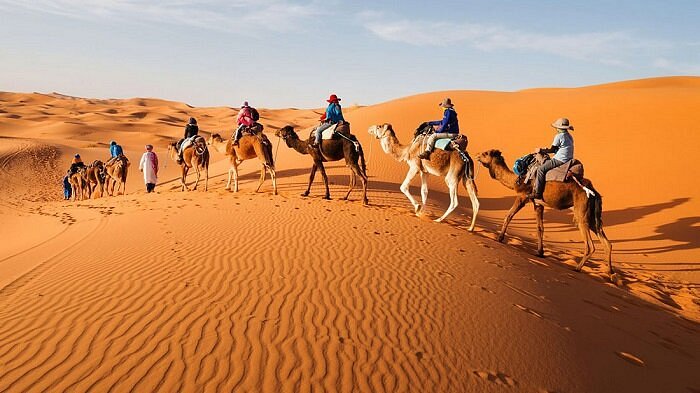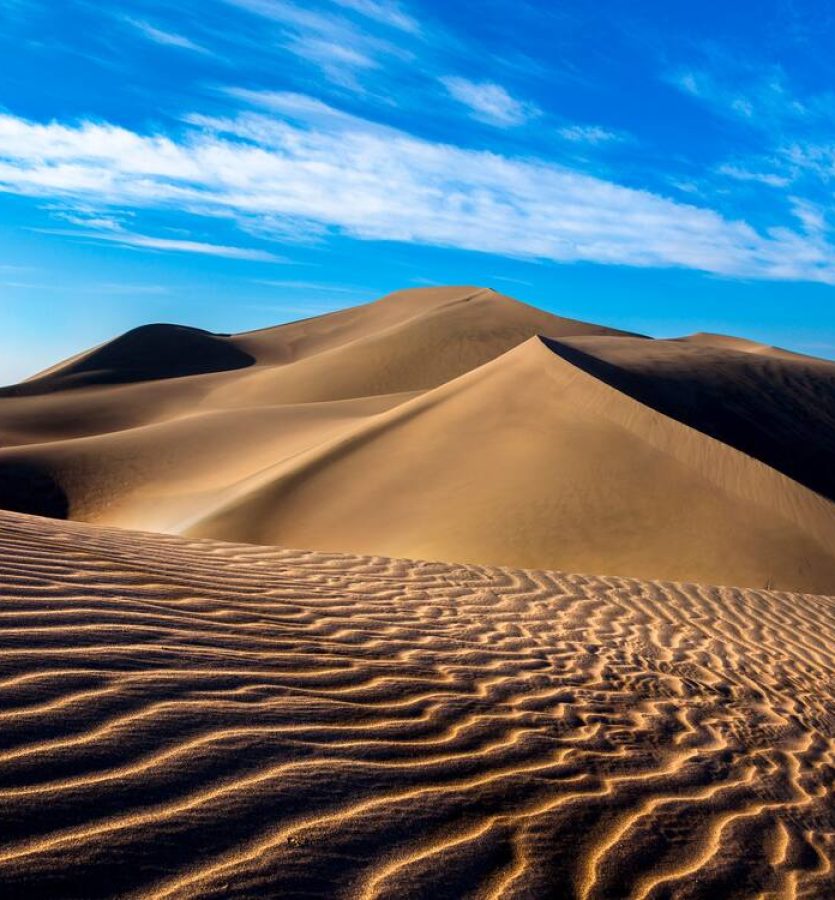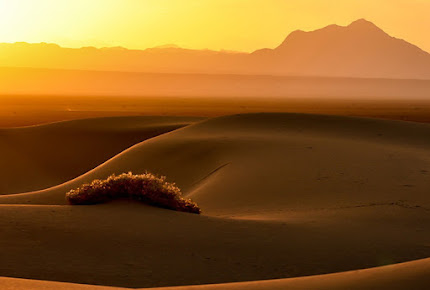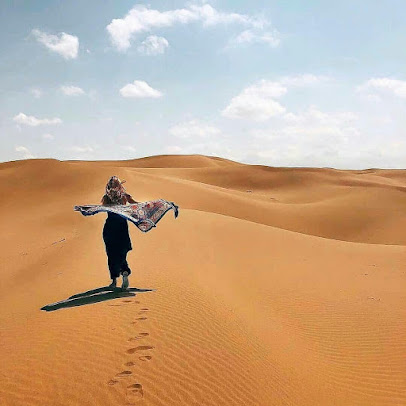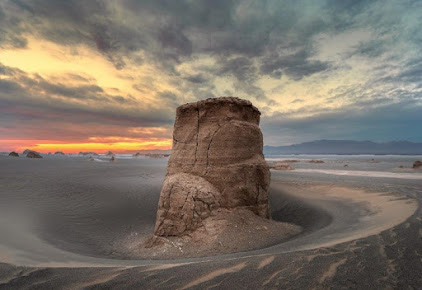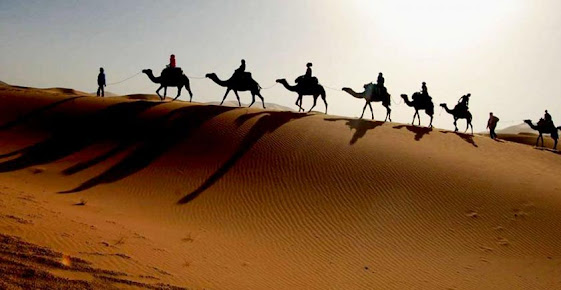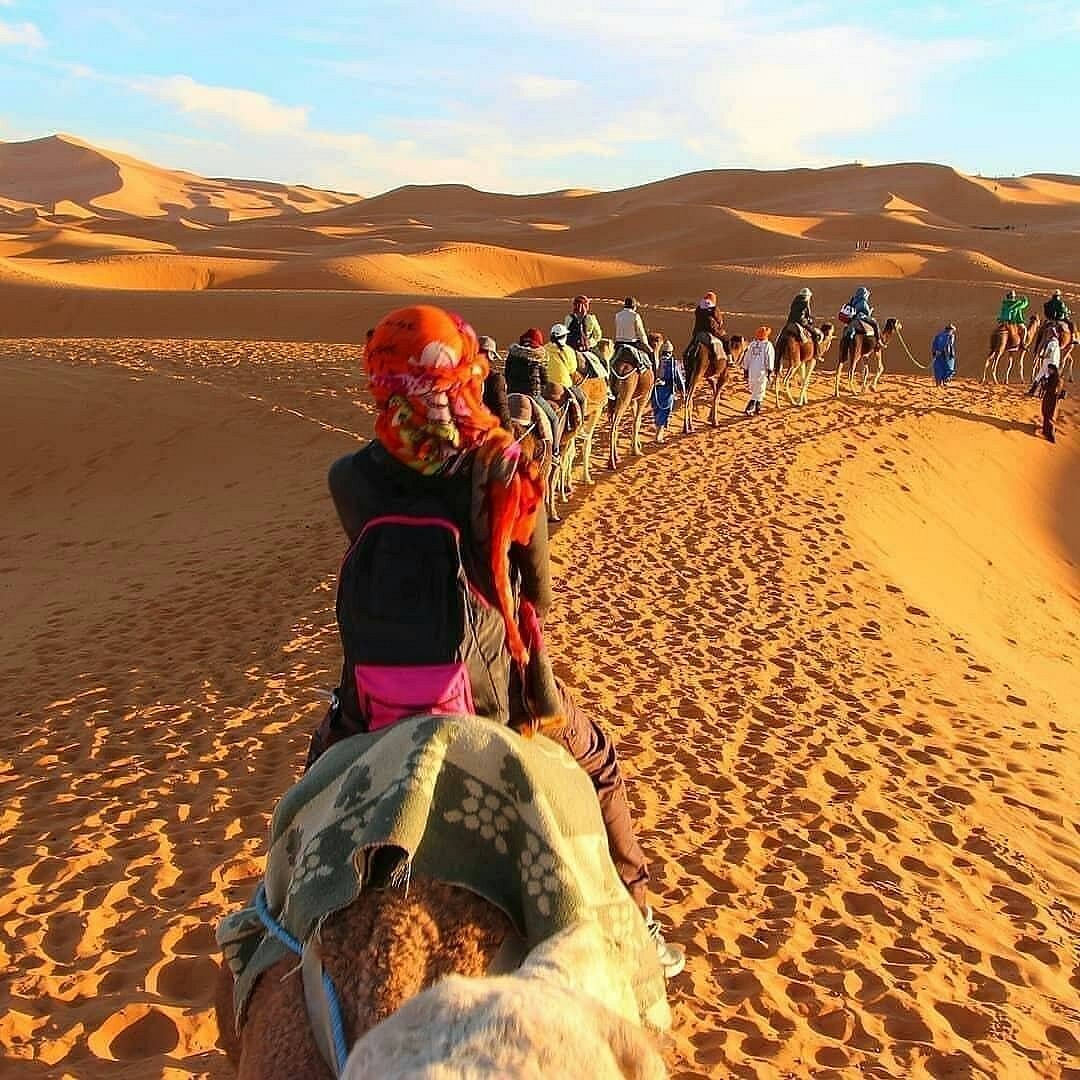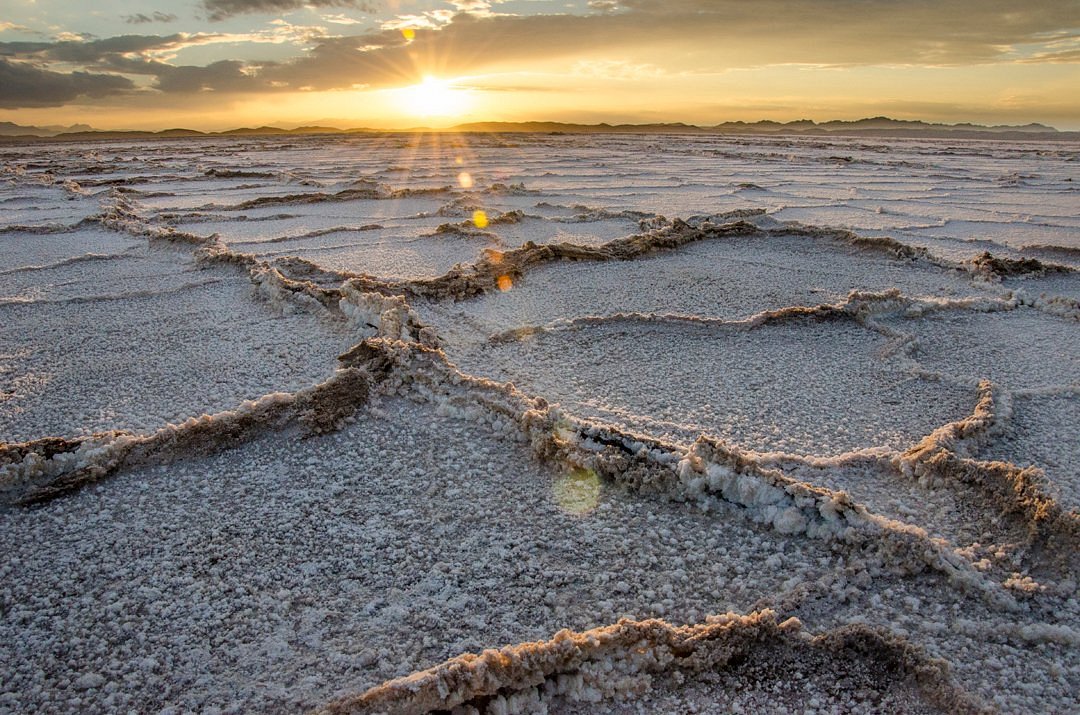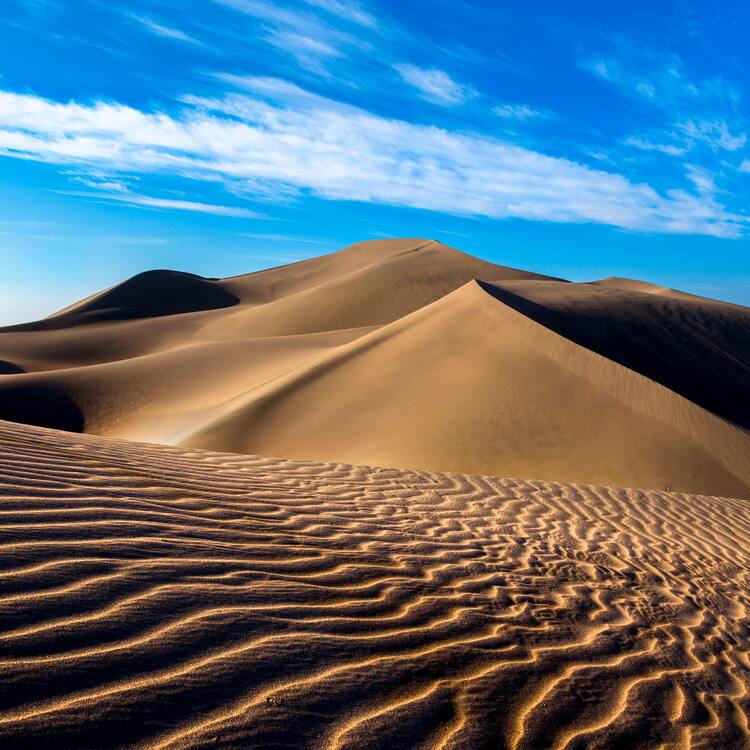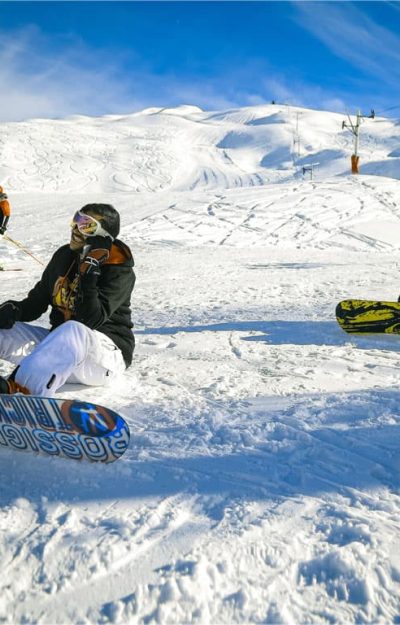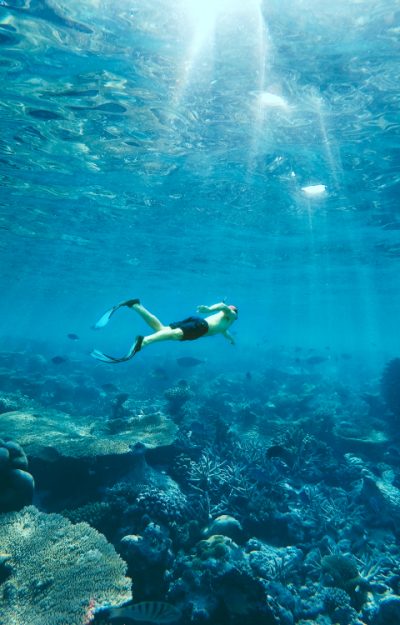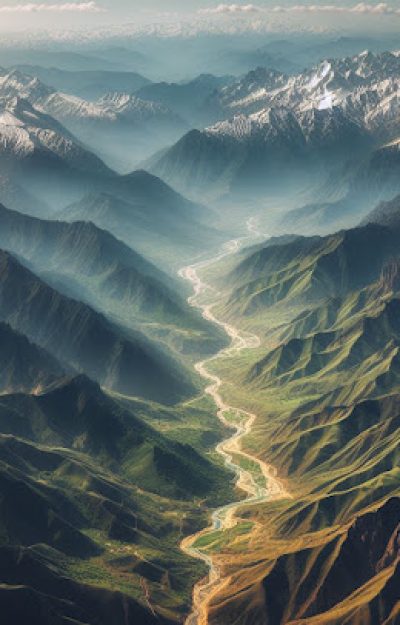Why to visit Iran for Desert trip and explorations.
Iran boasts five remarkable deserts, each offering unique landscapes, cultural experiences, and adventurous possibilities. Here’s a detailed guide to the top five, including popular locations, addresses (where applicable), and travel tips:
1. Dasht-e Kavir (Great Salt Desert):
- Landscape: Vast salt flats, shifting sand dunes, towering mountains on the periphery.
- Popular Locations: Kharanak Castle (mudbrick citadel), Lut Desert Dunes (UNESCO World Heritage Site), Mesr Desert sand dunes.
- Address: Kerman Province & Yazd Province (no specific address; vast desert area)
- Getting there: Fly to Yazd or Kerman, then rent a car or join a desert tour.
2. Lut Desert:
- Landscape: Largest sand desert in Iran, known for extreme temperatures and dramatic sand formations.
- Popular Locations: Kaluts (wind-carved sandstone yardangs), Rig-e Jenn (allegedly haunted sand formations), Gandom Beryan (“Toasting Wheat” salt flats).
- Address: Kerman Province (no specific address; vast desert area)
- Getting there: Fly to Kerman, then join a specialized desert tour with experienced guides and 4×4 vehicles.
3. Mesr Desert (Sand Sea Desert):
- Landscape: Rolling sand dunes, sparse vegetation, ideal for stargazing.
- Popular Locations: Mesr Dunes, Kuh-e Rig (mountain with panoramic views), Rig-e Zarin Sand Dunes.
- Address: Isfahan Province & Yazd Province (no specific address; vast desert area)
- Getting there: Fly to Isfahan or Yazd, then rent a car or join a desert tour.
4. Shahdad Desert:
- Landscape: Diverse terrain with sand dunes, canyons, salt flats, and oasis settlements.
- Popular Locations: Kaluts-e Shahdad (wind-carved sandstone cliffs), Narendj Posht Oasis (palm-fringed oasis), Ghand-e Chehel Dokhtar Canyon.
- Address: Kerman Province, near Shahdad city (approximate address: Shahdad County, Kerman Province, Iran)
- Getting there: Fly to Kerman, then rent a car or take a taxi/bus to Shahdad. Local guides can be hired for desert excursions.
5. Maranjab Desert:
- Landscape: Rolling sand dunes, salt lakes, desert vegetation, and nearby mountains.
- Popular Locations: Rig-Jafari Sand Dunes, Howz-e Sultan Natural Spring, Chehel Cheshmeh National Park.
- Address: Isfahan Province, Aran & Bidgol County (approximate address: Aran Bidgol County, Isfahan Province, Iran)
- Getting there: Fly to Isfahan, then rent a car or take a taxi/bus to Aran & Bidgol. Local guides are available for desert exploration.
Additional Tips:
- Best time to visit: Spring and autumn offer pleasant temperatures. Avoid scorching summer heat and unpredictable winter conditions in some deserts.
- Desert tours: Choose reputable tour operators with experienced guides and proper equipment, especially for venturing into remote areas like Lut Desert.
- Essential gear: Pack sunscreen, sunglasses, hat, comfortable shoes, plenty of water, and snacks.
- Cultural sensitivity: Dress modestly, especially in rural areas. Learn a few basic Farsi phrases.
- Leave no trace: Respect the delicate desert ecosystem and avoid littering.
With its breathtaking landscapes, unique cultures, and exciting adventures, Iran’s deserts offer an unforgettable experience for explorers and nature lovers. Embrace the challenge, appreciate the beauty, and leave with memories that will last a lifetime!
Bonus:
- Consider combining your desert visit with nearby cultural attractions like Yazd’s historical city center or Kerman’s Ganjali Khan Complex.
- Research local festivals and events that might coincide with your trip for a deeper cultural immersion.
- Support local communities by purchasing traditional handicrafts and trying local delicacies in desert villages.
Enjoy your desert adventure in Iran!
